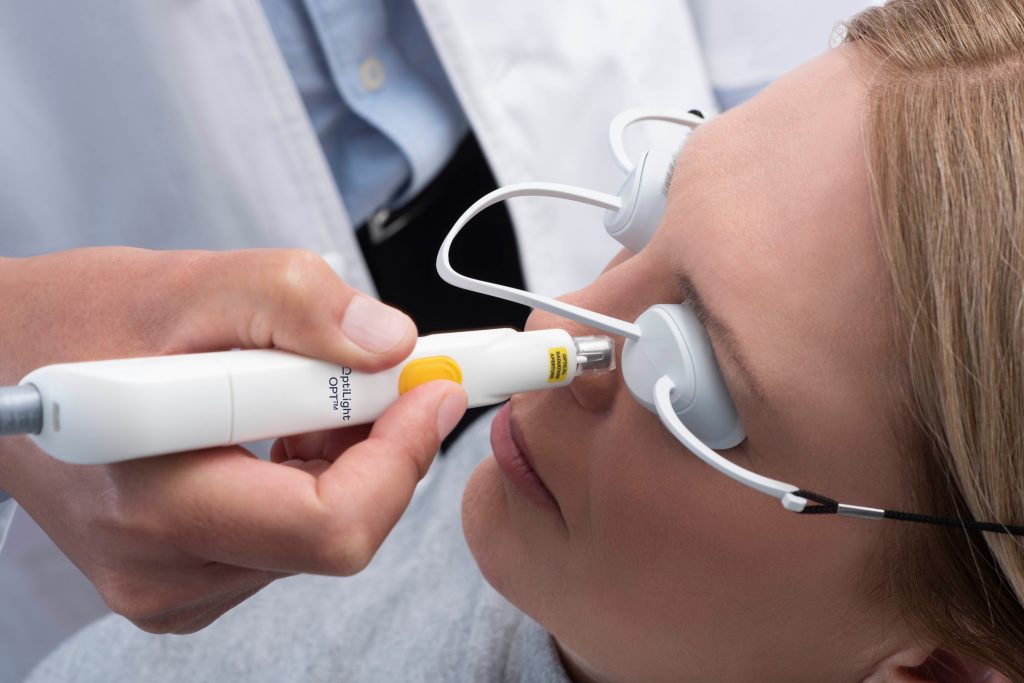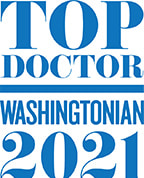
Dry eye is a chronic problem that affects millions of people around the world. This common eye condition relates to the tear system of the eye. The symptoms of dry eye can range from mild to severe discomfort. Sometimes dry eye is a temporary acute reaction to something in the environment. More often than not though, it is a chronic condition. If not treated properly, it can permanently impact your ability to see clearly. It’s important to understand that there are a variety of causes of dry eye. Finding the most effective treatment for dry eye depends on diagnosing the root cause of the problem. Your eye specialists at See Clearly Vision are skilled at finding the underlying causes of your dry eye. Once they understand why you have dry eye, they can recommend the right treatment for you.
What Are the Symptoms of Dry Eye?
There are many symptoms of dry eye syndrome, including:
- Stinging or burning sensation
- Scratchy feeling
- Blurry vision
- Eye pain
- Eye redness
- Contact lens discomfort
- Stringy mucus buildup around the eyes
- Excessive tearing
Even though it’s called dry eye, excessive tearing is a common symptom. If the eyes are not moist enough, they become irritated and uncomfortable. Eye irritation prompts the lacrimal gland to release a large volume of tears. This overwhelms the tear drainage system. These excess tears then overflow from your eye periodically.
What Is The Tear Film?
When you blink, a film of tears spreads over the eye, making the surface of the eye smooth and clear. The tear film is essential to good vision.
The tear film has three layers that cover and protect the eye:
- The lipid layer is the outer oily layer of the eye. It reduces evaporation and prevents the watery layer from draining too quickly. It is produced by the meibomian glands.
- The middle (aqueous) layer is watery and nourishes the eye with water-soluble proteins. It cleanses the eye and washes away foreign particles. The aqueous layer is produced by the lacrimal glands.
- The mucin layer is the inner layer of the eye and produced by the conjunctiva. It spreads the watery layer over the entire eye and keeps it moist.
What Causes Dry Eye?
There are many causes of dry eye. Most often, it occurs when the eyes do not produce enough tears. Although dry eye affects people of all ages, tear production normally decreases as we age. Women seem to be more affected than men, especially after menopause. Sometimes there are enough tears, but the quality of those tears does not keep the eyes moist. The quality of tears is related to their chemical balance.
Why Don’t My Eyes Produce Enough Tears?
There are many possible reasons for this:
- Natural changes from aging and menopause
- Side effects of medications such as antihistamines, decongestants, beta-blockers, diuretics, pain relievers, hormone replacement therapy, antidepressants, and anti-anxiety pills
- Rheumatoid arthritis, Sjogren’s syndrome, and other autoimmune disorders
- Not blinking enough when concentrating on computers, TV, and smartphone screens
What Causes the Tear Film to Evaporate?
- Meibomian Gland Dysfunction
- Blepharitis (inflammation of the eyelids)
- Exposure to windy, smoky, or dry environments
- Rosacea (inflammatory skin disease)
How Do Doctors Test for Dry Eye?
Patients with dry eye symptoms need a comprehensive eye examination and evaluation. Your eye care specialist at See Clearly Vision can perform these. Your eye doctor may perform some special tests that can assess the volume and quality of tears. Other tests measure how long it takes the eye to make tears. A brief medical history may reveal lifestyle and environmental triggers.
A Schirmer test demonstrates whether the eyes are having trouble making tears. After numbing the eye, the doctor puts thin strips of litmus paper in the eye. The strips can measure how long it takes for moisture to come out of the eye. Epithelial staining involves inserting special eye drops into the eye. These drops contain dye which shows how long it takes for tears to dry. A meibomian gland evaluation involves the doctor pressing on the glands of the eyelid to see if the oil is being secreted normally. Osmolarity testing, which measures the ratio of salt to water in tear composition.
Can I Treat My Dry Eye Symptoms At Home?
Mild dry eye symptoms are often easy to treat with simple lifestyle changes or over the counter treatments. They include the following:
- Apply a warm washcloth over the eyes every few hours
- Use over the counter (OTC) artificial tears, especially in dry climates. Preservative-free drops are usually recommended when using artificial tears daily.
- Apply artificial tear gels and ointments at bedtime
- Clean with eyelid scrubs daily to reduce bacteria
- Take short breaks and blink your eyes frequently when reading and using the computer or other screens.
- Ask your physician about changing prescription medications to reduce side effects
- Wear wraparound sunglasses to protect from wind or particles in the air
- Stay hydrated by drinking enough water
- Use a humidifier in dry environments
- Add Omega-3 fatty acids to the diet
- Stop smoking
What Treatments Are Available for Dry Eye?
Dry eye disease is a widespread problem. This means new treatments are being developed all the time. See Clearly Vision eye specialists keep up with the latest research. We take pride in offering new treatment options as they become available.
OptiLight IPL

See Clearly Vision is proud to be one of the only practices in our area to offer patients treatment with OptiLight by Lumenis.
OptiLight is a safe, gentle, and effective treatment done to manage dry eye disease. This non-invasive procedure is the first and only FDA-approved intense pulsed light (IPL) treatment for dry eye management.
OptiLight uses pulses of light precisely administered in the area below the eyes to reduce dry eye symptoms. This 10-15 minute procedure can relieve dry eye symptoms by:
- Increasing tear break-up time
- Reducing the amount of demodex mites and bacteria around your eyes
- Decreasing inflammation inflammation
- Improving meibomian gland functionality
Prescription Drugs
Your eye doctor may recommend prescription eye drops. These may be used in combination with, or instead of artificial tears. Drugs such as Restasis and Xiidra both contain ingredients that decrease the inflammation in the eye. This helps the eye produce more natural tears. These drops may take a few months of daily use to be effective. Steroid eye drops are sometimes recommended along with artificial tears or other eye drops. They can reduce inflammation faster than drugs like Restasis. Short-term use is generally very safe. Complications such as increased eye pressure or cataracts can develop from extended use of steroid drops.
Serum Tears
Serum tears are eye drops that are made from your own blood to help manage severe dry eye. Your blood contains many components that are found naturally in healthy tears, and by using your blood samples to extract these elements, we can create eye drops by combining them with a preservative-free solution. This produces a tear substitute unique to each patient.
BlephEx®
This is a gentle, in-office procedure to clean the eyelids with a medical-grade sponge. This relieves both blepharitis and dry eye symptoms.
EyeXpress™
The EyeXpress™ hydration system is a non-invasive device. This system administers heat to the eyelids. The procedure stimulates the oil glands to open and help with tear production.
Punctal Plugs
There are a variety of tiny punctal plugs used to plug the tear ducts and keep the tear film in the eye. They can be inserted in a simple office procedure.
Tired of dealing with the frustrating symptoms of dry eye syndrome on your own? Schedule an appointment to discuss your dry eye symptoms at See Clearly Vision in Arlington, VA now!



















